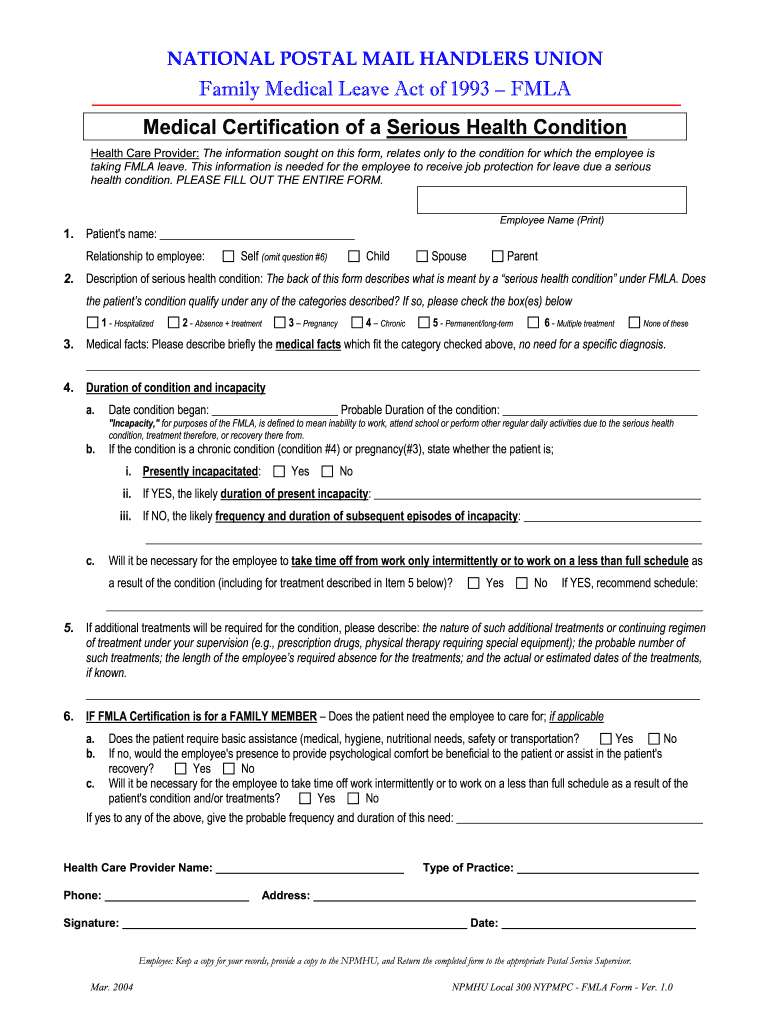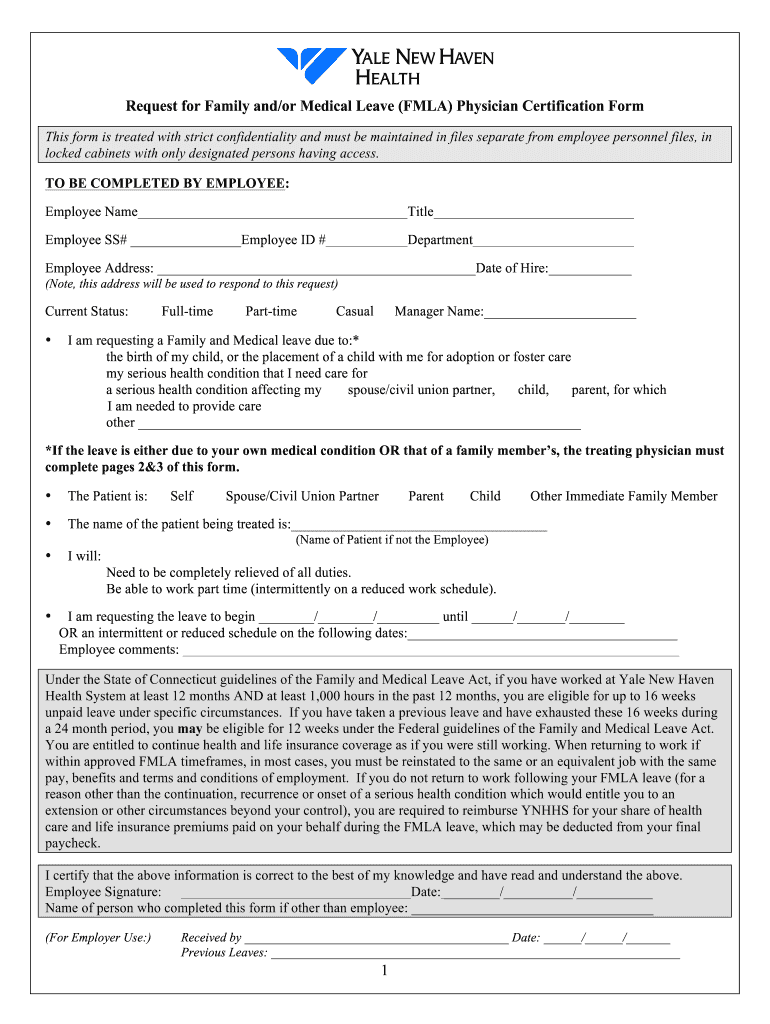5 Ways Nurse Practitioners Can Handle FMLA Paperwork

In the realm of healthcare, nurse practitioners (NPs) are essential in delivering comprehensive patient care. Beyond clinical duties, NPs often find themselves managing FMLA paperwork, which is crucial for patients needing extended leave from work due to serious health conditions or childbirth. Here are five strategic ways nurse practitioners can efficiently handle FMLA paperwork:
1. Understand FMLA Regulations

Before diving into the paperwork, it’s imperative for nurse practitioners to have a robust understanding of the Family and Medical Leave Act (FMLA). This legislation entitles eligible employees to take unpaid, job-protected leave for specified family and medical reasons:
- Understanding the eligibility requirements for employees.
- Knowing which medical conditions qualify for FMLA.
- Being aware of the employee's rights to intermittent leave or reduced schedules.
- Recognizing the need for certification from healthcare providers.
📚 Note: A comprehensive understanding of FMLA reduces the chances of errors or delays in processing leave requests, ensuring compliance with federal law.
2. Streamline Documentation Process

NPs can facilitate a smoother documentation process by implementing or utilizing existing systems:
- Employing electronic health record (EHR) systems to access patient information quickly.
- Developing or using pre-formatted templates for FMLA forms to expedite completion.
- Having forms pre-filled with clinic or personal provider information to reduce redundancy.
Here's an example of how an efficient documentation process might look:
| Step | Action |
|---|---|
| 1 | Review patient chart |
| 2 | Complete FMLA forms using EHR template |
| 3 | Sign and finalize forms |
| 4 | Securely store documentation |

3. Communicate Clearly with Employers and Patients

Effective communication is key when managing FMLA paperwork:
- Explain to patients what FMLA entails and what information they need to provide.
- Direct communication with the employee's HR or employer to clarify information or provide updates.
- Establish clear channels for feedback or requests for additional information.
💬 Note: Good communication ensures that all parties involved have a clear understanding, preventing misunderstandings that could lead to delays or denials of leave.
4. Prioritize Patient Confidentiality

Handling sensitive medical information requires utmost discretion:
- Adhering to HIPAA regulations when dealing with FMLA forms.
- Ensuring that information shared with employers is limited to what is necessary for certification.
- Securing patient consent before releasing any medical information.
5. Utilize Support Staff

Leveraging support staff can significantly reduce the burden on NPs:
- Delegating administrative tasks like form distribution, tracking, and follow-ups to administrative assistants or office managers.
- Encouraging staff training on the basics of FMLA to streamline workflows.
- Ensuring that the entire team is familiar with the FMLA process to provide seamless support.
By efficiently handling FMLA paperwork, nurse practitioners can ensure that patients receive the support they need for managing health issues or family care, all while maintaining high-quality patient care standards.
The approaches outlined above aim to simplify the process for NPs, reduce the risk of administrative errors, and maintain the focus on patient care. It's about creating a system that supports patients during critical times while adhering to legal requirements and ensuring privacy. Moreover, NPs can leverage technology and teamwork to handle these tasks more efficiently, allowing them to dedicate more time to clinical practice.
How long can an employee take leave under FMLA?

+
Eligible employees can take up to 12 weeks of unpaid, job-protected leave within a 12-month period for specified family and medical reasons.
What qualifies as a ‘serious health condition’ under FMLA?

+
A ‘serious health condition’ includes illnesses, injuries, impairments, or physical or mental conditions that involve inpatient care or continuing treatment by a healthcare provider.
Can FMLA leave be taken intermittently?

+
Yes, FMLA allows for intermittent leave or a reduced leave schedule when medically necessary, like for treatments or flare-ups of a chronic condition.
What documentation is required when returning from FMLA leave?

+
Generally, no additional documentation is needed upon return unless the employer has a policy requiring a fitness-for-duty certification to ensure the employee is medically fit to resume work.
Is an NP responsible for determining an employee’s eligibility for FMLA?

+
No, while NPs provide medical certification, eligibility determination is the responsibility of the employer. The NP’s role is to certify the medical necessity of the leave.



